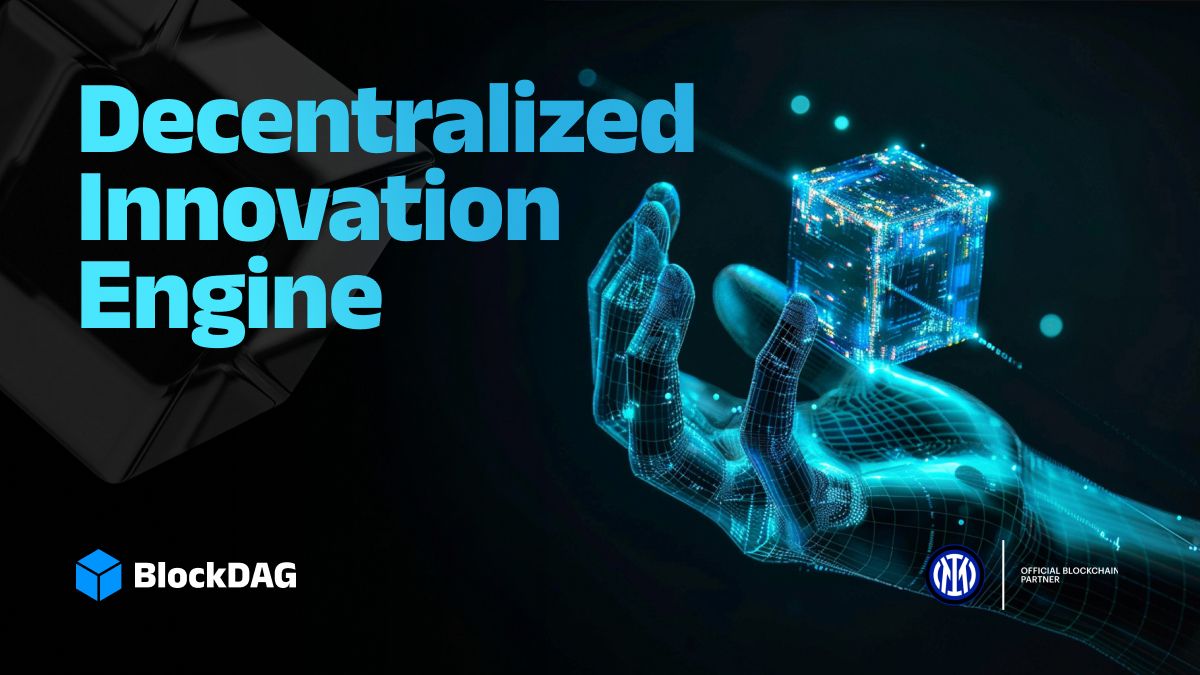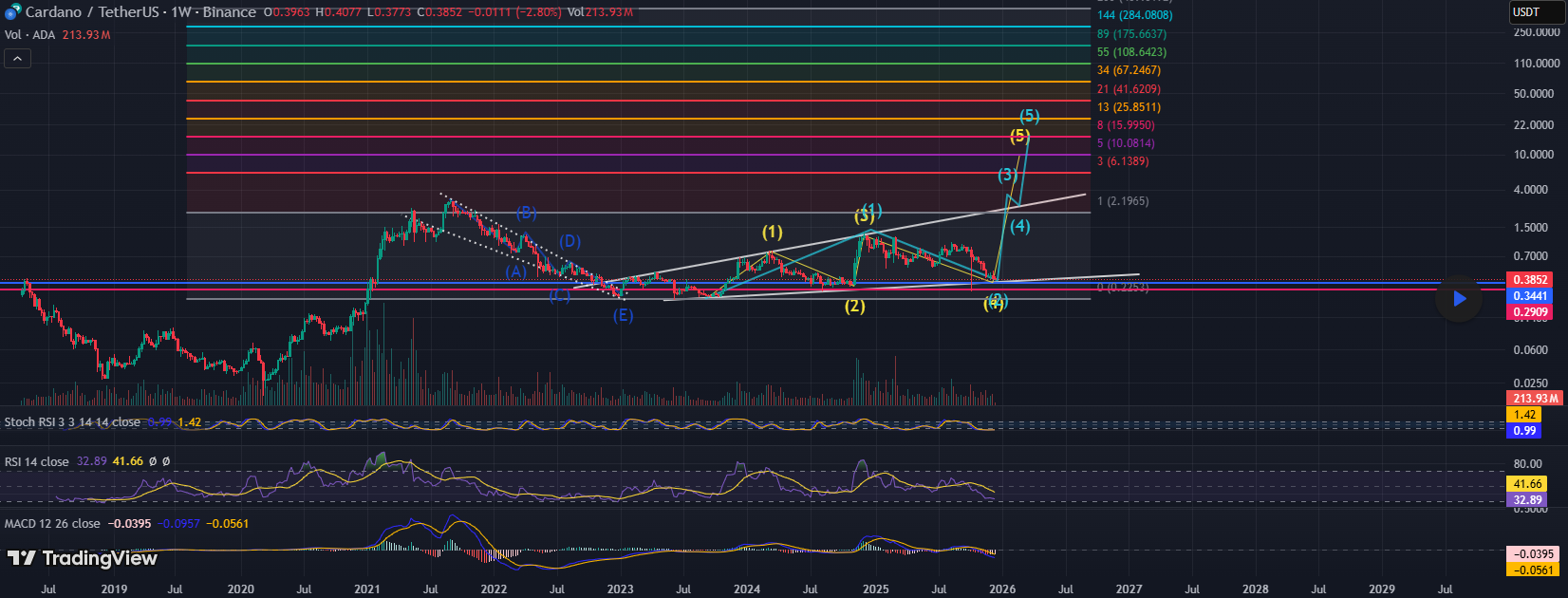What Is BlockDAG? A Technical Overview of Its DAG-PoW Hybrid Blockchain
As the blockchain industry matures, users and developers demand systems that are both secure and scalable without adding unnecessary complexity. BlockDAG positions itself as a practical solution to these expectations. By combining Directed Acyclic Graph (DAG) architecture with traditional Proof-of-Work (PoW) consensus, the network introduces a hybrid model aimed at increasing speed, throughput, and accessibility, … <a href="https://beincrypto.com/what-is-blockdag-a-technical-overview/">Continued</a>
As the blockchain industry matures, users and developers demand systems that are both secure and scalable without adding unnecessary complexity. BlockDAG positions itself as a practical solution to these expectations. By combining Directed Acyclic Graph (DAG) architecture with traditional Proof-of-Work (PoW) consensus, the network introduces a hybrid model aimed at increasing speed, throughput, and accessibility, all while retaining the core benefits of decentralization and network security.
This article breaks down how BlockDAG’s layered technical structure supports real-time applications, efficient development, and wide user adoption.
Technical Framework: DAG Meets Proof-of-Work
BlockDAG is structured as a hybrid Layer-1 blockchain that merges two core components: a Directed Acyclic Graph for structural speed and a PoW engine for secure consensus. Instead of validating one block at a time like traditional chains, the DAG component enables the simultaneous confirmation of multiple blocks. This model reduces wait times and increases transaction processing capacity without sacrificing the decentralized reliability of mining.
This structural shift brings practical advantages. By allowing blocks to run in parallel, BlockDAG improves data flow and lowers latency, particularly during high network activity. Meanwhile, the PoW consensus ensures that the network remains trustless and resistant to manipulation, as miners must still expend real computational effort to validate transactions.
“BlockDAG is a hybrid PoW-based layer 1 blockchain, offering a novel implementation of DAG structure for faster and scalable execution.” , BlockDAG Keynote 3
Developer Ecosystem and EVM Compatibility
BlockDAG is fully compatible with the Ethereum Virtual Machine (EVM), allowing developers to use standard Ethereum tools and write smart contracts in Solidity. This means that existing dApps can migrate to BlockDAG with minimal changes, and development teams can continue using familiar platforms such as MetaMask, Truffle, or Hardhat.
Additionally, the platform supports both code-based and no-code deployment environments. A user-friendly dashboard allows non-developers to deploy smart contracts, create tokens, and mint NFTs with just a few clicks. For experienced coders, the Software Development Kit (SDK) and integrated testnet provide the flexibility to develop, audit, and optimize applications with greater control and precision.
“Developers can create dApps with just a few clicks, removing the technical barriers to blockchain adoption.” , Developer Portal
Ecosystem Activity and Real-World Integration
BlockDAG’s infrastructure is already being used in real-world applications through its live testnet. Users can mine BDAG tokens via the X1 Mobile Miner app, interact with the Blockchain Explorer to view live data, and test smart contracts within a controlled environment. These tools are publicly accessible, giving both retail users and enterprise developers a working preview of the ecosystem’s capabilities.

Beyond the tech, the system is also designed for scale. By supporting high throughput and secure parallelization, BlockDAG is positioned to host both consumer-facing and institutional applications, ranging from DeFi tools to NFT platforms and payment protocols.
Concluding Thoughts
BlockDAG offers a hybrid solution to longstanding issues in blockchain design. By integrating DAG structure for performance and PoW for trust, it creates a base layer that prioritizes usability without weakening its technical integrity. EVM compatibility ensures that developers can migrate and build with minimal friction, while the ongoing testnet activity reflects a network ready for practical use.
With a mix of speed, openness, and reliability, BlockDAG provides a framework that is technically grounded and accessible. It’s not just another iteration, it’s a restructured foundation that brings forward the essential qualities many blockchain users are looking for.
Disclaimer: The content of this article solely reflects the author's opinion and does not represent the platform in any capacity. This article is not intended to serve as a reference for making investment decisions.
You may also like
PI Rebounds 5% From Key Support as Bearish Pressure Persists
Russia Reaffirms Ban on Bitcoin and Ethereum Payments

